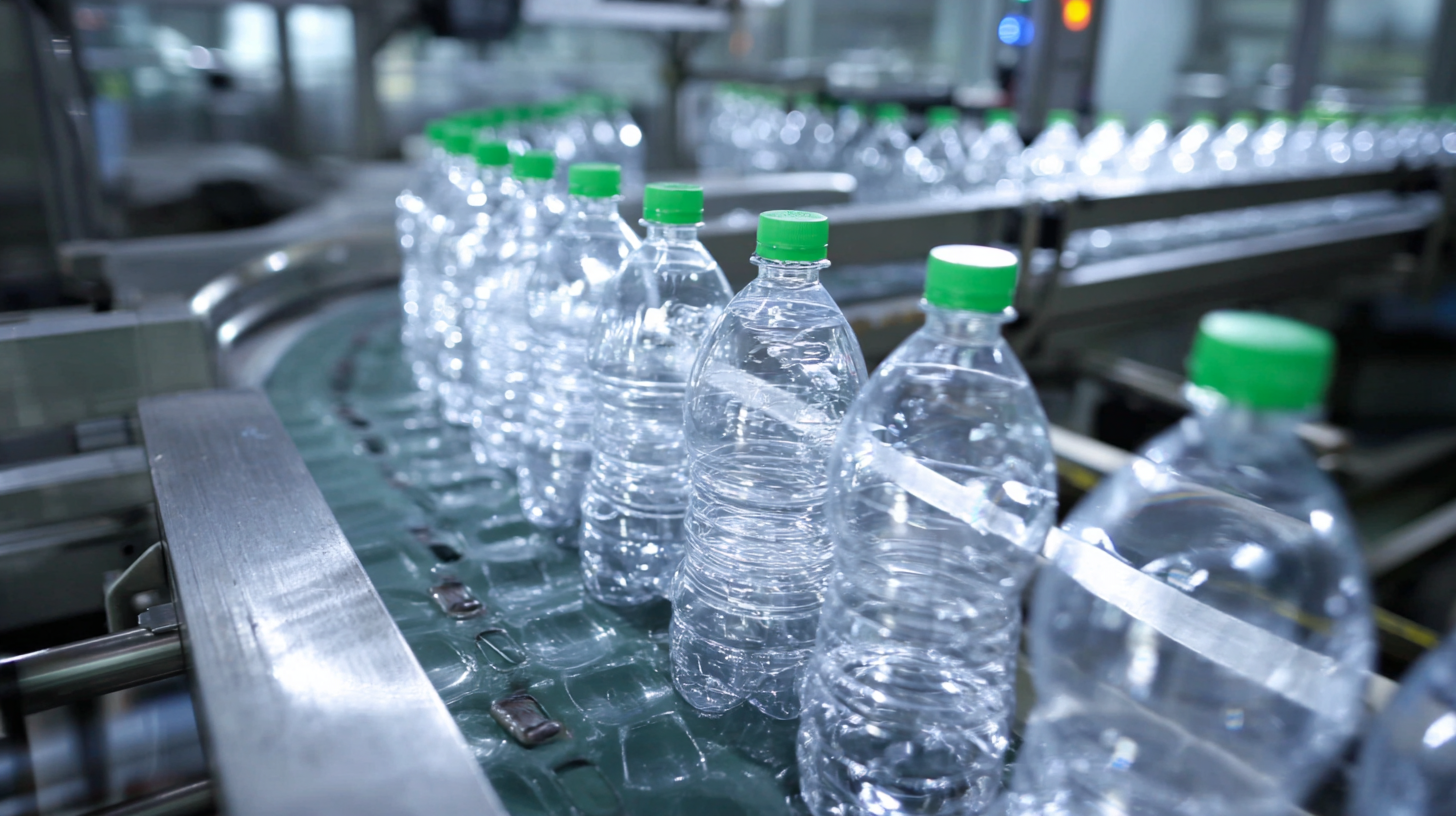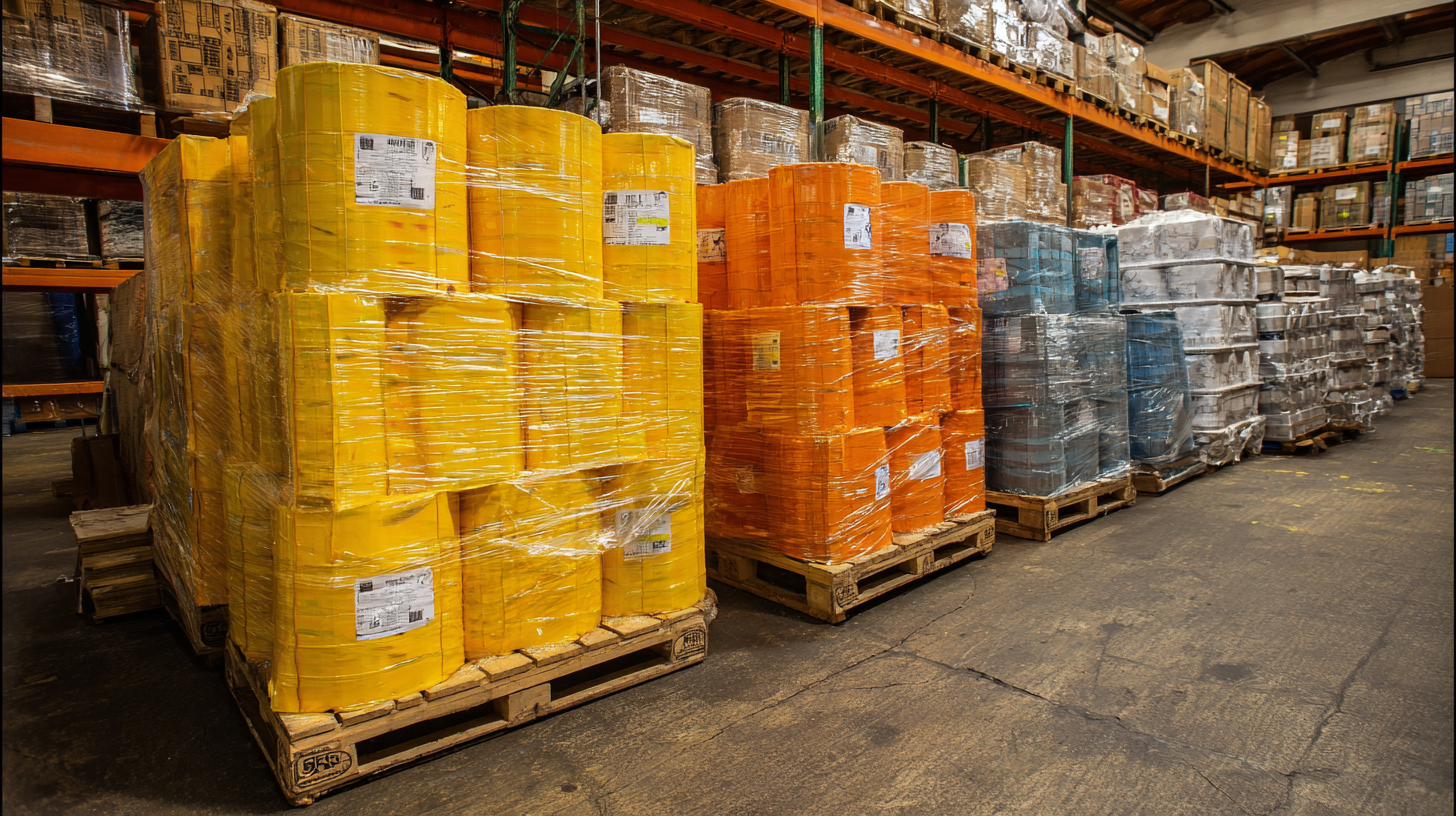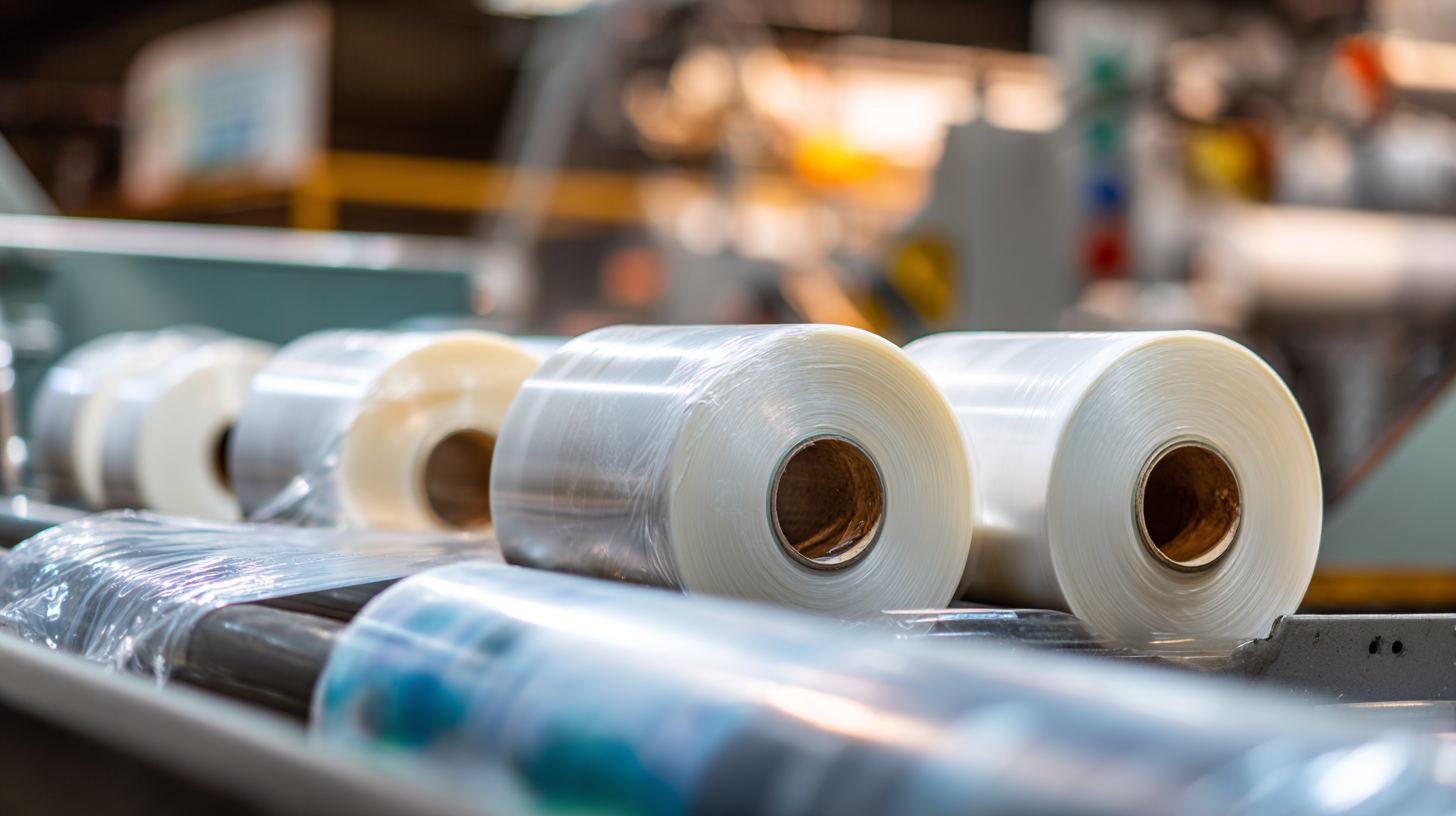- Phone:+86 15218629499
- Phone: +86 15766990063
- E-mail: Yzprinting01@163.com
In today's competitive market, the demand for high-quality Plastic Wrapper Packaging is more crucial than ever, as businesses strive to meet consumer expectations while ensuring product safety and sustainability. According to a recent report from Smithers Pira, the global flexible packaging market, which includes plastic wrappers, is projected to reach over $400 billion by 2025, driven by rising consumer preference for convenience and effective branding.

China's manufacturing capabilities have positioned it as a leader in producing advanced packaging solutions, with a focus on innovation and quality. By establishing global partnerships, companies can leverage China's expertise in Plastic Wrapper Packaging to enhance product appeal and reduce operational costs. As the market continues to evolve, collaborating with top Chinese manufacturers not only ensures access to superior materials and designs but also reinforces the commitment to delivering exceptional value to clients worldwide.
When it comes to packaging, plastic wrappers play a critical role across various industries, each type designed for specific applications.
Polyethylene (PE) wrappers, for example, are widely utilized in food packaging due to their moisture resistance and durability.
According to a report by Smithers Pira, the global plastic film market is projected to reach $50 billion by 2025, with food applications accounting for over 50% of this demand.
This highlights the importance of high-quality manufacturers in China who produce reliable, food-safe plastic wrappers that can withstand various environmental conditions.
Another key type is polyvinyl chloride (PVC) wrappers, often used in consumer goods packaging. Not only do they provide excellent clarity and flexibility, but their cost-effectiveness makes them a popular choice among manufacturers. Industry insights reveal that the PVC packaging market is expected to grow at a CAGR of 4.1% through 2026, driven by increased demand in the retail sector.
Furthermore, biodegradable options like polylactic acid (PLA) wrappers are gaining traction as sustainability becomes a primary concern globally.
As companies navigate the transition to eco-friendly packaging, connecting with reputable Chinese manufacturers that prioritize quality and compliance will be crucial in meeting both consumer demand and regulatory standards.
The plastic wrapper packaging market is witnessing significant growth driven by evolving consumer preferences and sustainability trends. According to the latest market research data, the U.S. caps and closures market alone is projected to exceed USD 220 billion, indicating a robust demand for innovative packaging solutions. This trend is further echoed in the eco-friendly food packaging sector, which is anticipated to reach a market size of USD 392.37 billion by 2034. The shift towards sustainable packaging practices reflects growing environmental awareness among consumers and manufacturers alike.
Moreover, the global flexible packaging market, which includes converted flexible packaging, is set to expand significantly, with forecasts estimating a size of USD 374.06 billion by 2034. This growth is fueled by advancements in packaging technology that cater to the need for both functional and eco-conscious solutions. Analysts have highlighted that the multilayer flexible packaging market is also on an upward trajectory, expected to grow from USD 168.92 billion in 2024 to USD 283.55 billion by 2034. These figures underscore the dynamic nature of the packaging industry, as companies seek to enhance their product offerings while aligning with sustainability goals.
When it comes to plastic wrapper packaging, a comparative analysis of performance metrics and product suitability reveals significant factors for companies aiming to establish global partnerships. Recent studies show that over 400 million metric tons of plastic waste are generated globally each year, underscoring the urgent need for sustainable packaging solutions. Through thermal treatment options and advancements in biodegradable materials, manufacturers can reduce their environmental impact and improve the lifecycle of packaging products.
Tips: To ensure the performance of plastic wrappers aligns with sustainability goals, companies should prioritize materials derived from renewable resources, such as bioplastics, which have a lower carbon footprint. Additionally, opting for closed-loop recycling technologies can enhance the eco-friendliness of packaging, presenting a viable alternative to traditional single-use plastics.
Moreover, as the industry moves toward eco-friendly solutions, evaluating the biodegradability of materials through standardized methods can provide clarity on their environmental profile. This approach not only reduces waste but also attracts environmentally conscious consumers, establishing a strong market presence in an increasingly aware global marketplace.

In recent years, the importance of sustainability in plastic wrapper production has become increasingly evident. As global markets demand more environmentally-friendly packaging solutions, manufacturers in China are stepping up with innovative technologies that not only reduce waste but also enhance the overall quality of plastic wrappers. These advancements are crucial in addressing the growing concerns over plastic pollution and resource depletion.

Chinese manufacturers are leading the charge by implementing renewable materials and biodegradable options into their production processes. By investing in research and development, companies are now able to create high-performance plastic wrappers that meet international standards while minimizing their environmental impact. Collaborations with global partners are fostering the exchange of best practices, allowing manufacturers to adopt efficient methods that streamline production while promoting sustainability.
Furthermore, the integration of recycled materials into plastic wrapper production not only supports a circular economy but also caters to the rising consumer demand for eco-friendly packaging. As the international marketplace continues to evolve, China's commitment to sustainable manufacturing practices ensures that businesses can offer solutions that align with both economic and ecological goals, paving the way for lasting partnerships in the global supply chain.
In the rapidly evolving landscape of packaging manufacturing, ensuring regulatory standards and compliance is critical for plastic wrapper manufacturers in China. The increasing global demand for sustainable and safe packaging has prompted many companies to enhance their production processes. According to a recent report from Allied Market Research, the global flexible packaging market is projected to reach $320 billion by 2025, with a significant portion originating from China. This growth underscores the importance of adhering to international standards to maintain competitiveness.
To meet these standards, manufacturers in China must comply with various regulations such as the ISO 9001 for quality management and the FDA regulations regarding materials used for food packaging. A study by MarketsandMarkets indicated that compliance with safety and environmental regulations can reduce production costs by up to 15%, highlighting not only the necessity but also the economic benefit of maintaining stringent compliance measures. Furthermore, as consumer awareness regarding environmental impact grows, Chinese manufacturers are increasingly adopting eco-friendly materials, aligning with the global movement toward sustainability. This strategic shift not only enhances product appeal but also strengthens partnerships with global clients, positioning China as a leader in quality packaging solutions.
